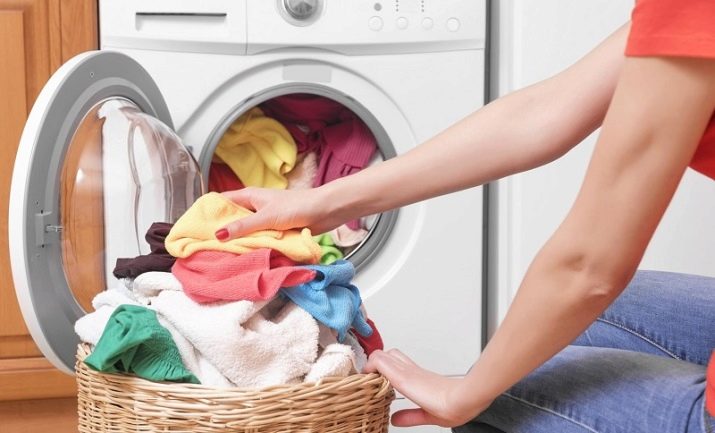Description of bamboo fabric and its application

Bamboo fabric is considered hypoallergenic, lasts a long time and has an attractive appearance. The main field of application is sewing clothes and textiles; fibers are also used as a filler.
Many are worried about the composition of this material, since in different sources its description is different - the canvas is classified either as natural or as artificial. To understand this issue, it is worth learning more about the production of bamboo fabric.

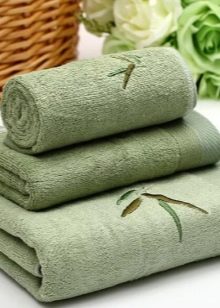
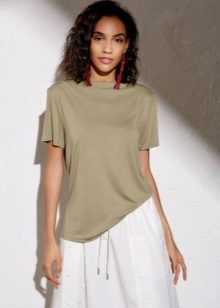
What it is?
The material is made from natural fibers, it is they that serve as the basis for the future canvas. Bamboo shavings are used as raw materials, which are processed in a certain way. This is an important nuance, since there are two ways of production.
- Chemical processing. It resembles the method of obtaining viscose. The stems of the plant are crushed by adding caustic soda to soften, and then - carbon disulfide, which triggers the hydrolysis-alkalinization and bleaching reaction. This method is not environmentally friendly, as the process generates toxic waste, but it takes less time and is therefore often chosen to speed up production.
- Mechanical restoration. To soften the raw materials, natural enzymes are used, after which the mass is disassembled into individual fibers, from which yarn or fabric is made. Such production is more expensive and takes longer, but does not harm the environment.
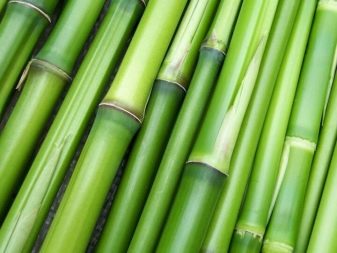
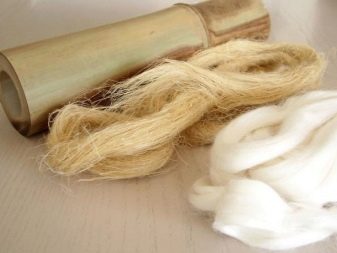
Although the first method involves the use of chemicals, the composition of the final product is still considered natural, since all excess components are washed out of the yarn during processing, only plant fibers remain.
In addition, bamboo fabric has all the properties typical of canvases based on natural raw materials. In terms of its parameters, it is close to cotton, linen or silk, depending on the variety.
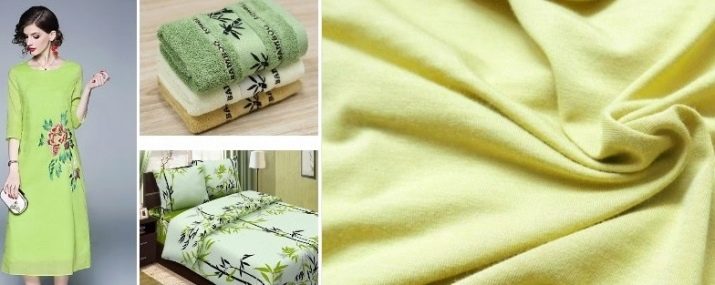
History
Bamboo is most common in East Asia, so it is not surprising that the inhabitants of this region were the first to use the plant for their needs. It was used to make household items, for example, rugs and mats, and used to seal walls and roofs. Later, people learned how to get fibers from bamboo wood, suitable for weaving fabrics, and began to create clothes from this material. China has been considered the leader of production since ancient times. For this country, bamboo is an integral part of the culture. Also, a similar fabric was made in India, Pakistan, Indonesia. Today these countries are the main suppliers of products for export.

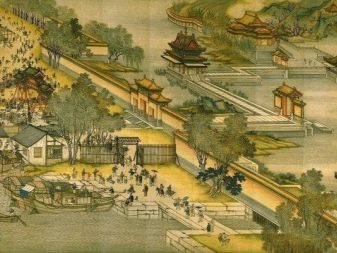
Bamboo has significant potential, so they are interested in it in Europe and the United States. It is the fastest growing plant on Earth, and does not require complex care or constant protection from pests. The scale of the yield is amazing - ten times more raw materials can be harvested from one hectare than cotton. Also, bamboo benefits the environment - it releases a large amount of oxygen, saturating the atmosphere around it. All this makes the production of natural fabric very promising.
Considering that there are environmentally friendly methods of processing raw materials, factories can be located in Europe, where there are high requirements for environmental safety.

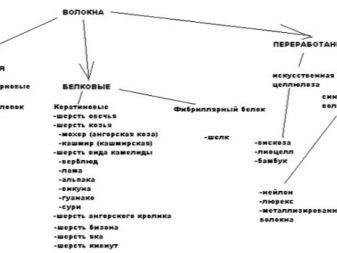
Basic properties
It is no coincidence that bamboo fabric has become so popular. It has many positive properties that consumers have appreciated.
- Hypoallergenic... Clothes made from this material are suitable for people with sensitive skin and small children - you don't have to be afraid of irritation and other reactions.
- Air permeability. Due to its structure, the fabric "breathes", so even in summer it will be comfortable and cool in clothes.
- Thermal insulation... The canvas is quite dense. Due to this, heat is well preserved in cold weather, which is why not only clothes are made from bamboo, but also filling for blankets, as well as blankets and bedspreads.
- Hygroscopicity... Products absorb moisture and move it away from the body, do not stick to the skin and do not provoke excessive sweating.
- UV resistant... The fabric does not allow sunlight to pass through and does not deteriorate from contact with them. Painted items retain their rich shades for a long time.
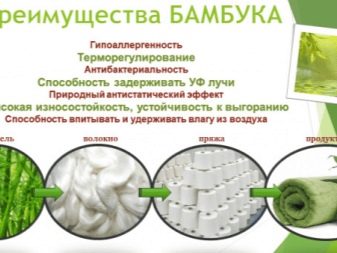
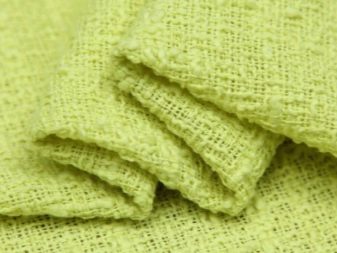
Bamboo fabric has been proven to be antibacterial, preventing harmful bacteria, dust mites and other pests from growing in it. The material does not absorb odors and does not require complex cleaning; things can be quickly washed if necessary. The fabric is well suited for sewing various products, since it has elasticity, but at the same time it has high strength and is easily draped, allowing you to create an interesting decor.

Bamboo clothes are practically wrinkle-free and comfortable in everyday wear... The material is pleasant to the touch and does not irritate the skin. The disadvantages include the higher price of fabrics produced by mechanical processing. In addition, the material is often counterfeited by adding synthetic fibers. It is difficult to determine the quality by eye, therefore it is better to buy bamboo products from trusted manufacturers.

Types and combination with other fibers
There are three main types of material.
- Bamboo viscose. It is also sometimes called rayon due to its similar smooth texture. These are canvases that are obtained using chemical treatment. The label usually contains the bamboo vicose mark, and the bamboo rayon variant is also found.
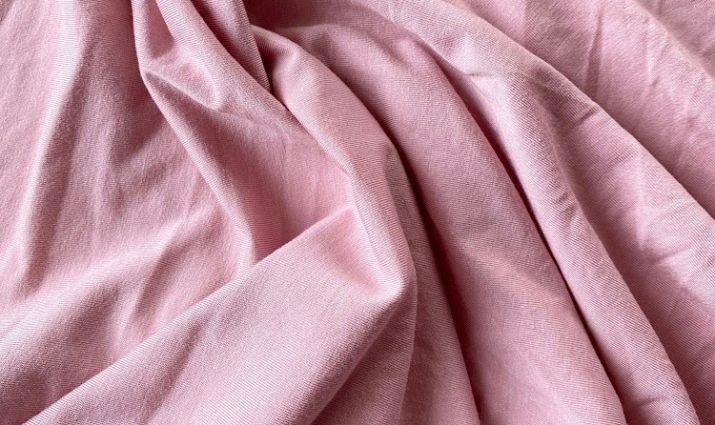
- Bamboo linen. This fabric is obtained by mechanical processing. It is slightly rough to the touch and resembles flax. Products from it are marked as bamboo linen.
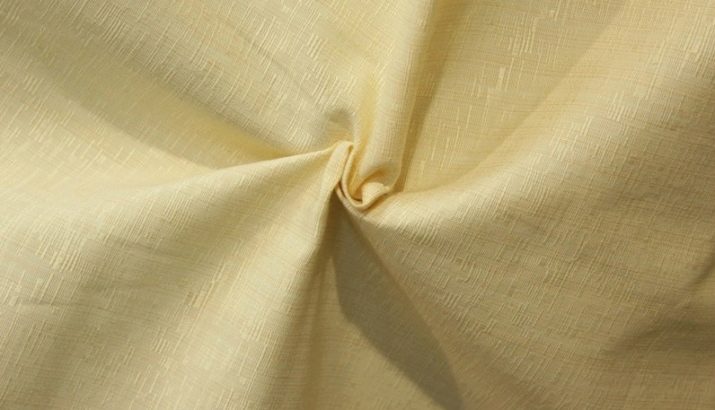
- Bamboo lyocell... The production method is similar to the production of viscose, but in this case, safe chemicals are used that do not harm the environment. This fabric will have a bamboo lyocell mark on the label.
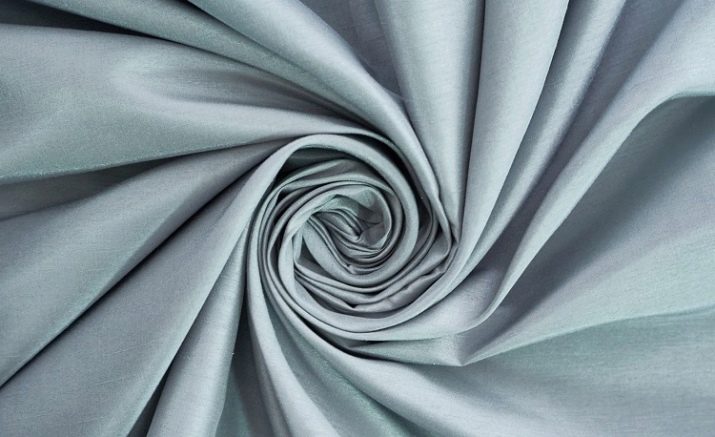
Bamboo blends well with other natural fibers. Cotton or linen, eucalyptus lyocell or regular viscose are often added to it. This allows you to reduce the cost of the finished product, but at the same time preserve the properties of natural raw materials. Such materials are used for sewing clothes, linen, home textiles. You can find "charcoal bamboo" on sale. Usually bedding is made of it - pillows, blankets. It is a material based on bamboo fibers and charcoal. Due to these two components, the absorbency is increased, in addition, the antibacterial effect is preserved.
You can also find things in which bamboo is adjacent to synthetic components - polyester, nylon. With their help, you can increase wear resistance, elasticity and extend the life of the fabric.
However, at the same time, things acquire the disadvantages characteristic of synthetics - they become electrified, let air pass through worse, and can cause skin irritation. However, some buyers choose this option because of the low cost.


Application
Bamboo fabric is widespread. Clothes for adults and children are sewn from it - shirts, blouses, skirts, pants, as well as underwear. Socks made from this material are popular, since the feet do not sweat in them. Denser types of fabric are used for sewing sweaters and cardigans. The material is also suitable for making home textiles.
Many manufacturers produce bamboo bedding, towels, tablecloths, curtains and drapes, furniture covers. In addition, the fibers are used as filler for blankets and pillows. Bamboo does not absorb odors, retains heat well and has a "breathable" structure, which creates all the conditions for a comfortable sleep.
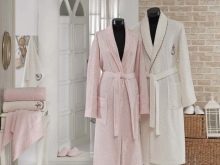
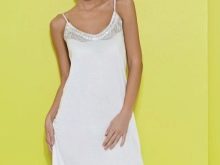
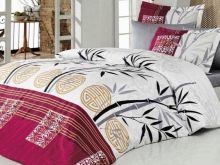
Care
Cleaning is not particularly difficult if you follow all the recommendations.
- When washing in a machine, you must use the mode for delicate fabrics, and the water temperature should not exceed 40 degrees. Small items can be washed by hand.
- It is better to choose gels for natural fabrics as detergents. Unlike powders, they are better washed out and do not damage the fibers.
- It is not advisable to wash bamboo fabric with other materials, and clothes and home textiles must be sorted by color.
- Do not use aggressive products containing chlorine. Only oxygen bleaches are suitable for removing stains.
- After washing, it is advisable to rinse the garments with conditioner to soften them. It also contributes to color retention.

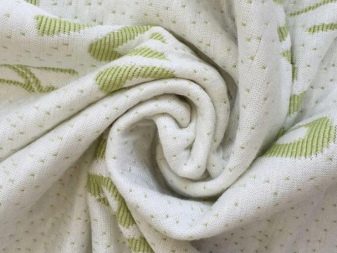
It is advisable to squeeze things out manually or at minimum speed in a typewriter, no more than 10 minutes. Drying is recommended in a well-ventilated place, flattened out. Iron on the wrong side, setting the temperature to 130-150 degrees. An iron that is too hot can bond the fibers and damage the product. For storage, ordinary cabinets and drawers are suitable. Clothes can be hung on a hanger, and home textiles can be folded on a shelf. It is not recommended to put things in bags and tightly pack, as they require a flow of air. For pillows and blankets filled with bamboo, dry clean and shake occasionally to avoid caking and lumping.
In the presence of serious dirt, washing is possible with the same recommendations as for other things made of this material. If using a clipper, make sure the drum is no more than 60% full. This way large items stretch better. The pillow or blanket should be shaken periodically during drying. Caring for bamboo products does not require special skills and is usually done at home.
If the contamination turns out to be particularly resistant, dry cleaning is allowed, but in this case you need to contact a professional.
